Whale
Impact of Scale and Displacement
Mi Familia Muerta, 2009, Adrián Villar Rojas
How can you generate a new sense of wonder with something that is already awe-inspiring? Adrián Villar Rojas has done it by creating a life-size whale sculpture and placing it in the woods in Argentina.
Argentinian artist Adrián Villar Rojas stuns with a near life-size beached whale sculpture, purposefully placed in a forest to evoke a powerful sense of sorrow and helplessness. Its realistic detail and odd setting create an emotive experience, especially in winter, when snow-covered scenes heighten the whale's displacement. This compelling work underscores Rojas's reputation for impactful, thought-provoking art.
“I think what language calls an
‘artist’ is a reader of his/her time.”
Adrián Villar Rojas
See
I am not afraid of heights. The depths of the ocean, though, gives me a real sense of the unknown and creates an overwhelming physical sensation that has me rushing to shore after enjoying the deep waves for a short time. I remember being in an aquarium in elementary school and seeing a life-sized whale suspended from the ceiling. I was both thrilled and discomfited. When I saw Adrián Villar Rojas’ beached whale, those same feelings came to me. How can I get my brain around such a massive creature? It gives me that deep sense of awe and wonder. Let’s see how other artists use the scale of whales to impact their viewers.
Skyscraper (the Bruges Whale), 2018 by STUDIOKCA
In response to the Bruges Triennial’s 2018 theme “Liquid City,” Brooklyn-based architecture and design firm STUDIOKCA designed a 38-foot-tall sculptural whale composed of over five tons of plastic pulled from the Pacific and Atlantic oceans. The studio, led by Jason Klimoski and Lesley Chang, wanted to address how cities from across the globe are contributing to the waste that has piled up in our oceans—the discarded plastic that is washing up on our shores and endangering and killing marine life. (Colossal)
Humpback Whale and Calf, by Stephen Kesler
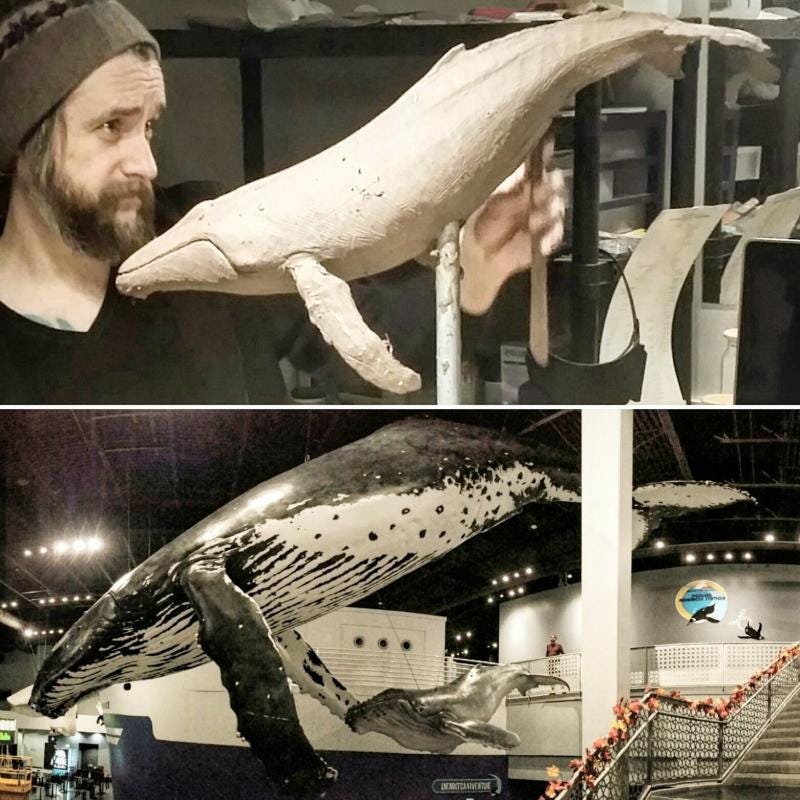
Stephen Kesler's works are as big as life itself. No, really. The renowned Salt Lake City-based wildlife sculptor often spends weeks creating realistic, life-size sculptures of whales, giraffes, and other large animals. His work adds wonder to museums and aquariums across the city.
“Out of the Blue” by Stephen Kesler (Tusk), Mural by Mike Murdock
The "Out of the Blue" whale sculpture by Stephen Kesler at Salt Lake City's 9th and 9th roundabout has stirred significant debate about the role and appropriateness of public art. Initially, the city’s Art Design Board selected a more traditional piece for the space. However, after a series of re-evaluations and discussions over the neighborhood’s identity, the board ultimately approved the whale, seeing it as a bold statement that might embody the quirky, artsy character of the area. They also envisioned it as a flexible canvas that could feature rotating murals, adding further value as an evolving art piece in the community.(Salt Lake Magazine, Upr, Building Salt Lake)
Say
Adrián Villar Rojas is an artist with a strong message. Imagine coming upon a life-sized beached whale while walking through the forest.
Describe the experience as you imagine it.
How does the concept of displacement to symbolize larger societal issues and provoke reflection?
How does the title, Mi Familia Muerta, (My Dead Family) effect the meaning or impact of this sculpture?
Do
Watch this 3-minute video about Kesler’s sculpture process.
Kesler’s “Out of the Blue” whale has become a sort of unofficial mascot, sparking both local and online dialogue about belonging, identity, and community in public art installations.
Design a mascot for your community. What would it be, and where would you install it?
Enjoy a sweet and quick read (175 pages). Grayson, by Lynn Cox, is the true story of a miraculous encounter between a teenaged girl and a baby whale off the coast of California.
About Adrián Villar Rojas
Adrián Villar Rojas was born in Rosario, Argentina in 1980. He lives and works nomadically. Villar Rojas conceives long term projects, collectively and collaboratively produced, that take the shape of large-scale and site-specific installations, both imposing and fragile. Within his research, which mixes sculpture, drawing, video, literature, and performative traces, the artist explores the conditions of a humanity at risk, on the verge of extinction or already extinct. He traces the multi-species boundaries of a post-anthropocene time folded in on itself, in which past, present, and future converge. (Marion Goodman Gallery)
Please share your reflections with me by replying to this post, or post and tag my Wonder Wander Facebook or Instagram pages!
I’d love to hear your thoughts on The Weekly Wonder! Your feedback helps me bring you more of what you love. Please take part in a quick POLL.


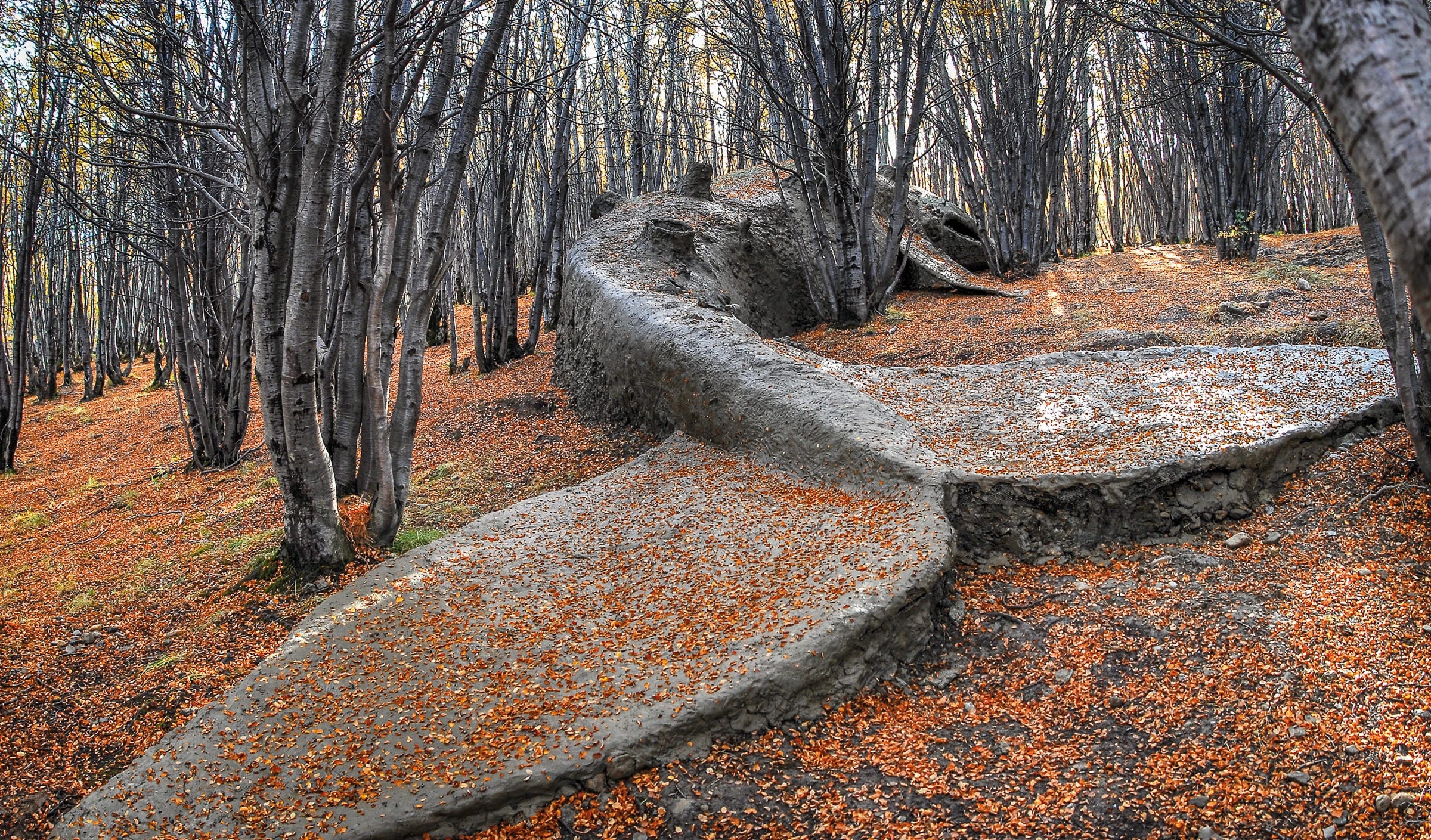
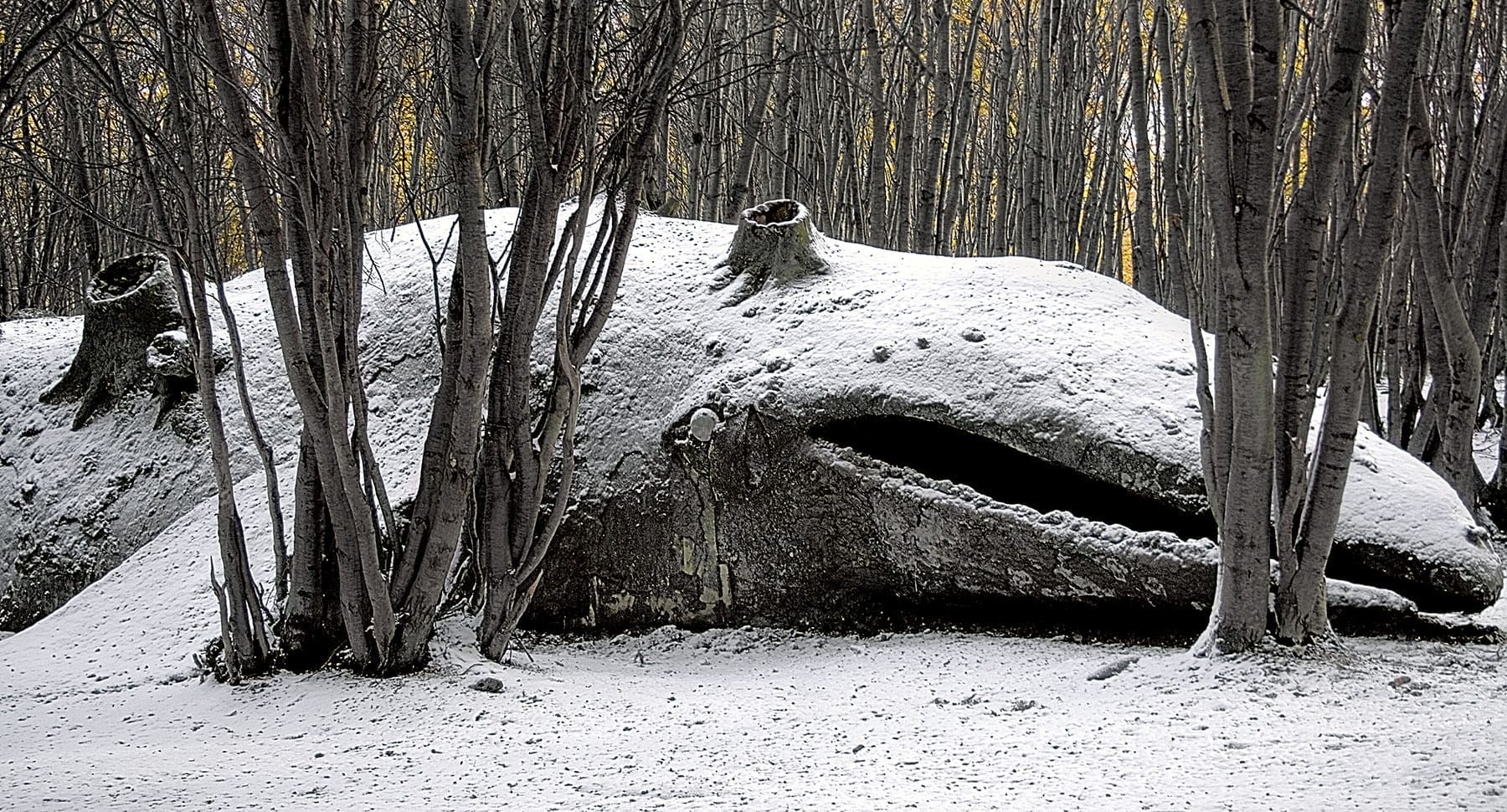
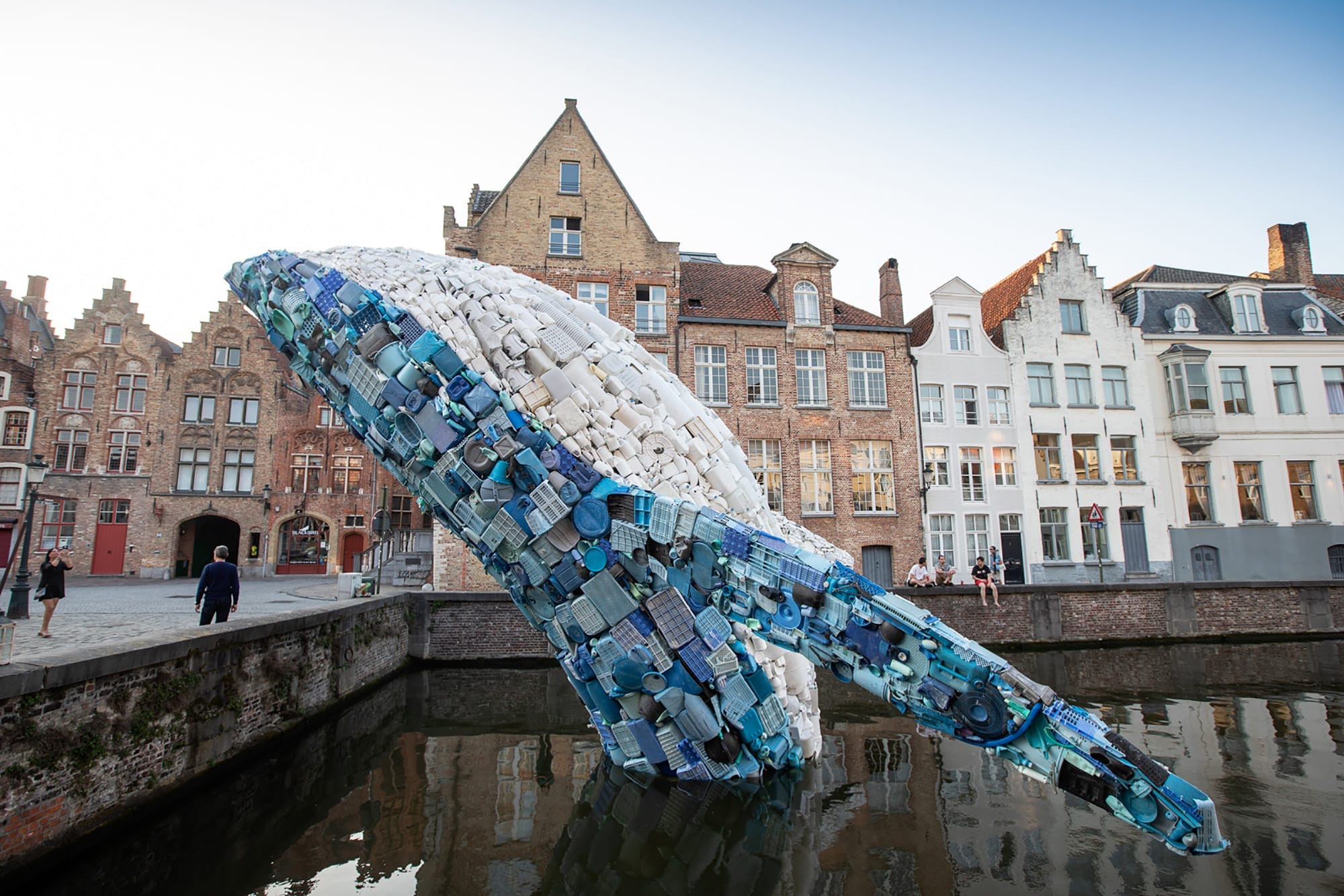
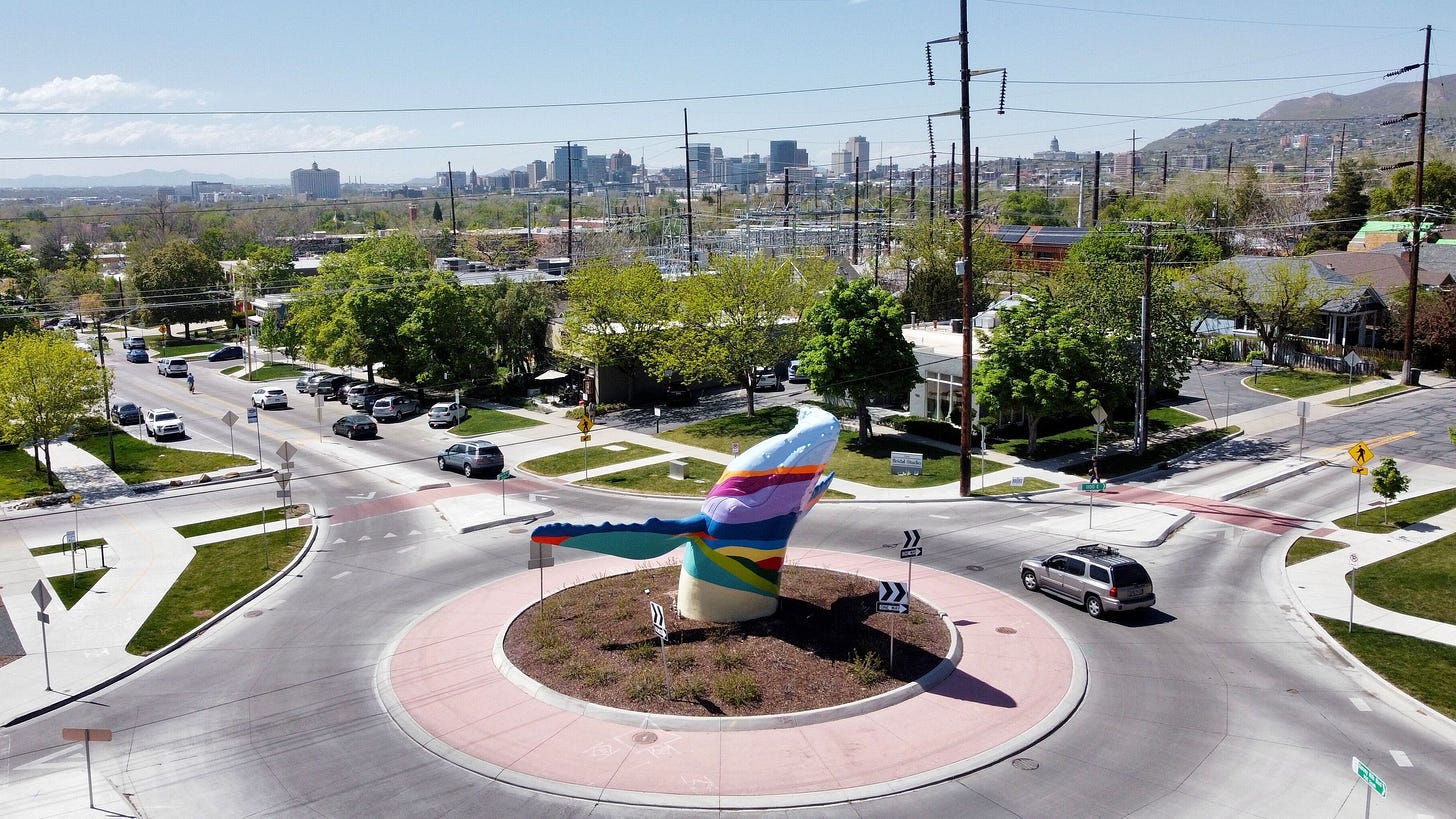
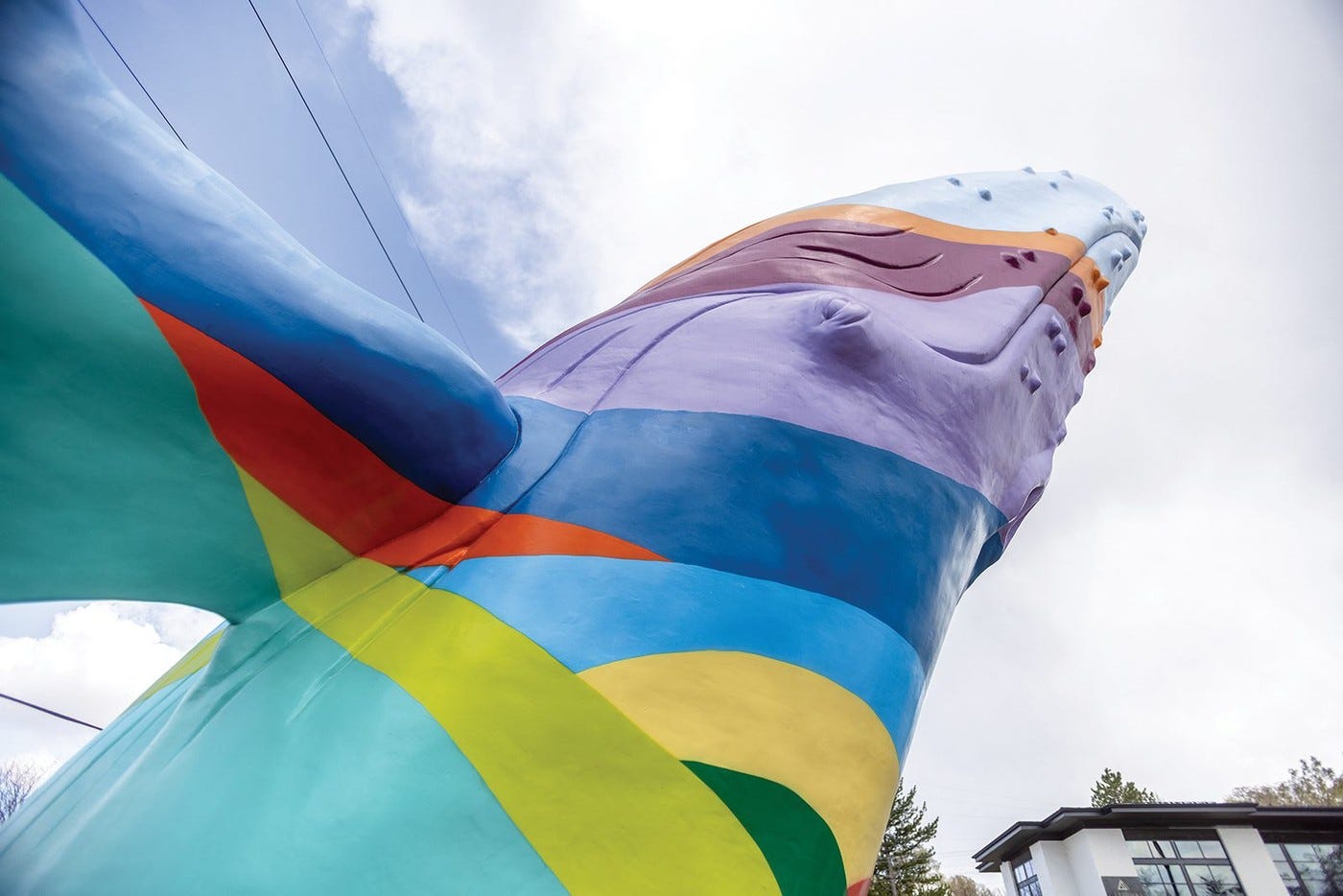
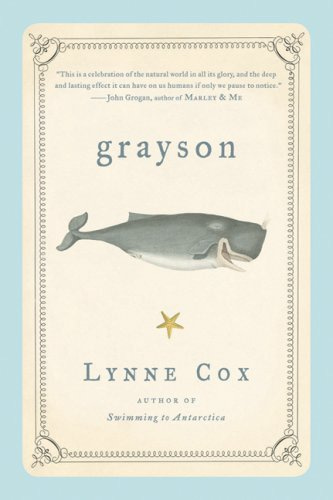



Thank you for another fascinating post! You do amazing work! I hope your subscribers are growing in number. Such an amazing resource for individuals, schools, and communities! I could see this used in a senior living facility where an activities director projects the post on a screen and people pause to turn and talk about the art, videos, and respond to your questions. I will remind the CN book club about WW. I tried to do the poll but was unable to respond. I was signed in…I’ll try again another day. Hope you and your family are well. 💜